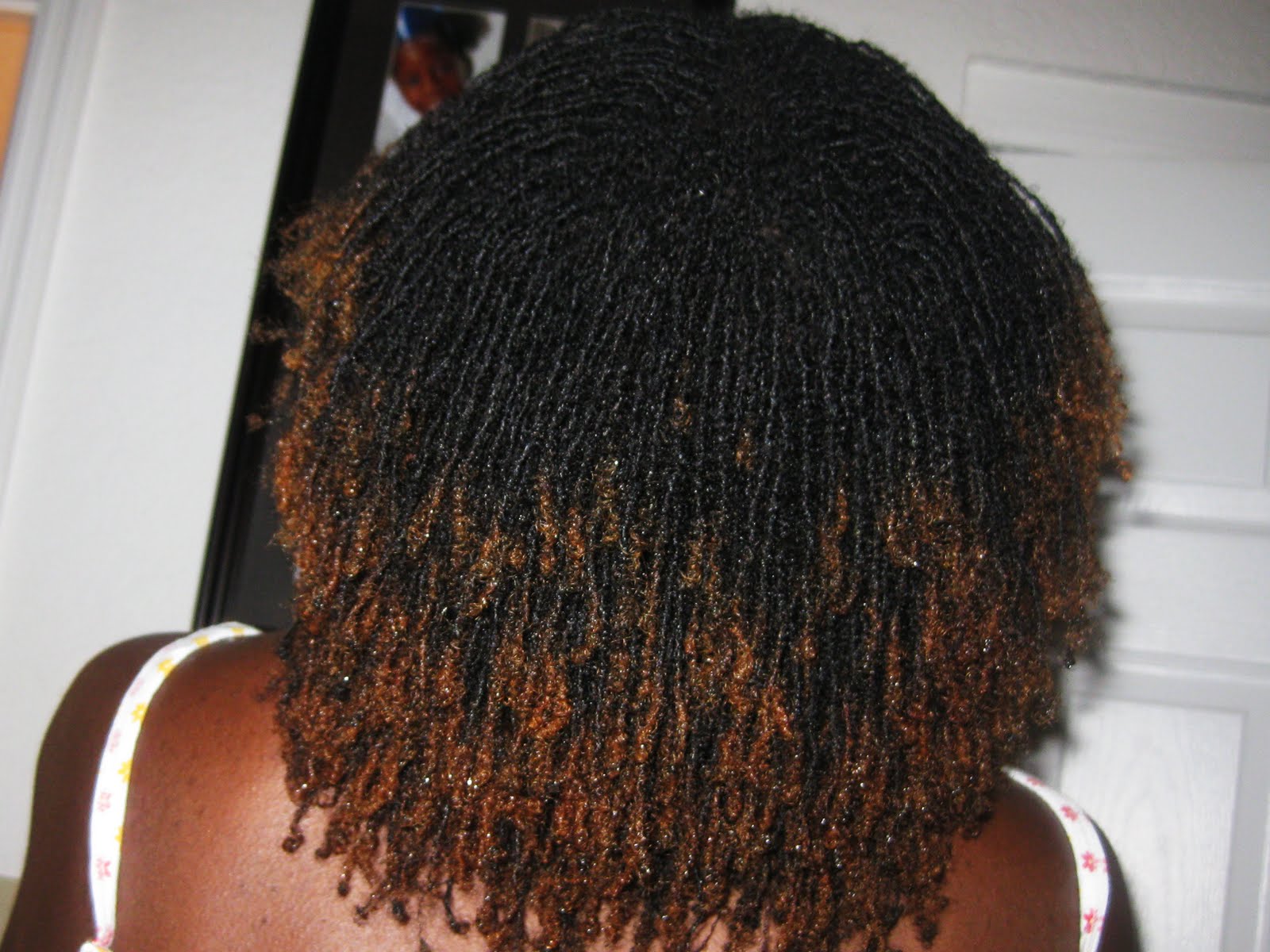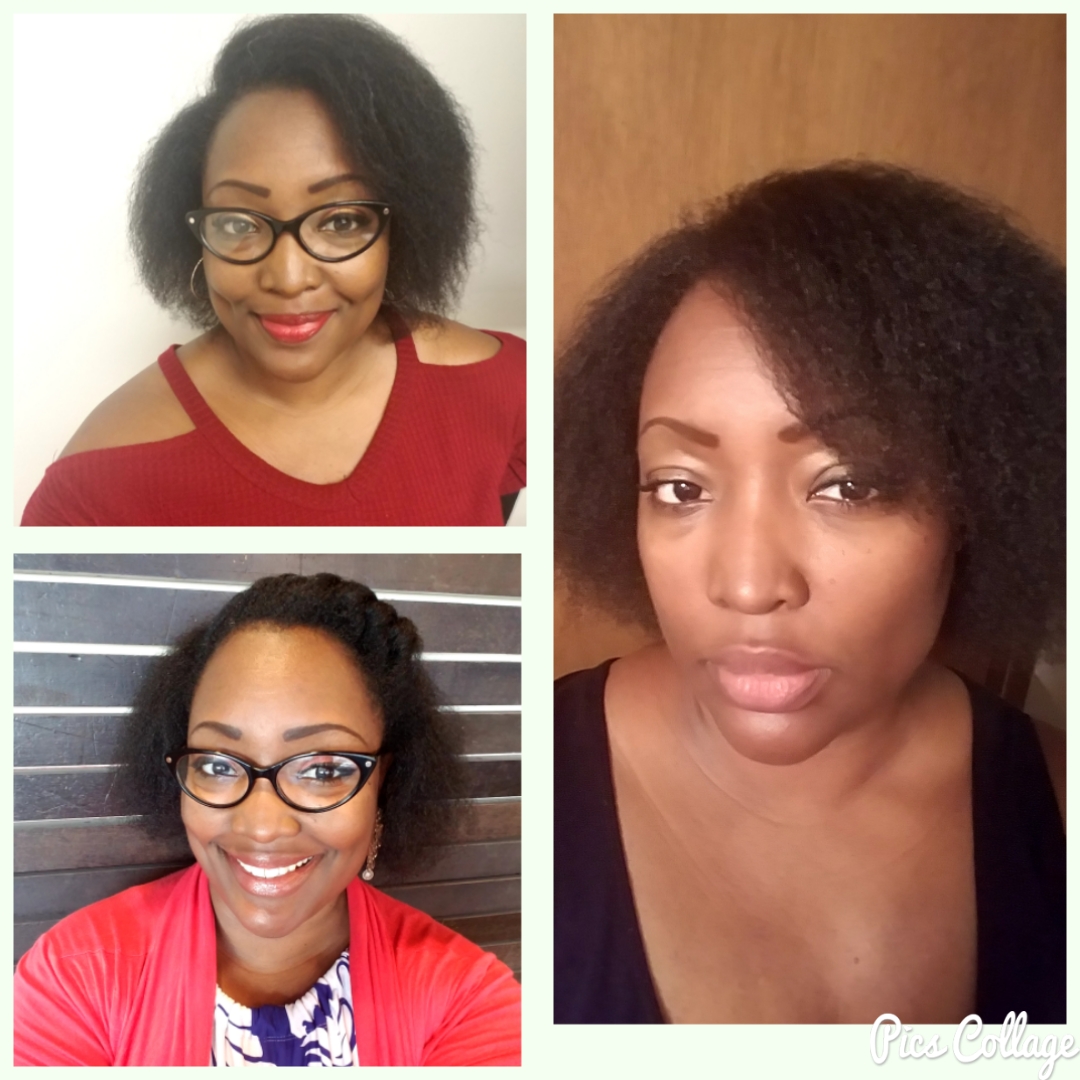
My natural hair journey has been quite interesting to say the least. It’s been full of revelations and contradictions. Right when I think I have everything figured out, I realize that I don’t. Right when I think I know what my hair likes, it changes. I own it all because it’s my natural hair journey. I have no regrets because everything that happened along the way, good or bad, helped me to learn great lessons.
Lessons learned
- I thought I could be a lazy natural. “Less is more…stick to the tried and true.” Umm…no. Ignore your hair and your hair will break off from dying of thirst and neglect!
- I thought keeping my hair in braids was the answer for growth and protective styling. Yeah…that’s a no-no as well. I LOVE braids. Always have and always will. And while they are beautiful and convenient and quite expensive, traction alopecia is real. Losing edges because of them being braided too tight or styling in ways that causes a lot of tension or getting bald spots at the crown because of styling (buns, updos, etc.) are all very real issues that I personally kept experiencing. Not only that, I also realized that my hair and scalp do not like synthetic hair.
- I thought I could ignore my ends and only cut them whenever. Another bad idea. I was hanging onto split, scraggly ends that looked awful. This only resulted in lots of breakage in the same spot(s).
- I thought I could just wash my hair whenever. Nope. I need to stick to a regular washing and deep conditioning routine whether if it’s once every two weeks or once every three. Get a routine and stick to it. I chose once every two weeks.
I grew tired of braids
It was recently that I grew tired of the braids even though I switched to having my sister in law do them. She never did them tight and always did a great job. However…my scalp has become increasingly sensitive to synthetic hair. I also began to discover breakage of some sort after I’d take them down. This included if I went to an African hair braider. I think that was my hair and scalp’s way of saying “Stop it. Leave us alone!”
For the past month and a half I’ve been wearing my natural hair, and it was during this time that I decided and discovered that I’m ready to do something more permanent with my hair. I LOVE sisterlocks. I think they are so beautiful and I have admired women who wear them for many years. I began to research them from cost, time, consultants, where I could find a licensed sisterlocks consultant in my area, the pros and cons, the cost of upkeep, etc. I’m taking this very serious because sisterlocks are a commitment and require regular maintenance.
I want sisterlocks
I decided that I want sisterlocks. I want them really bad. Yes I’ll miss sporting a big ole’ afro, but at this point in my life I need ease and convenience. Many complain about the cost of sisterlocks, but when you think about it, remember how much money you spent on relaxers and going to the shop for touch ups every 4-6 weeks? The maintenance with sisterlocks is about the same, depending on where you live. Now think of how many years you were committed to the creamy crack and going to shops and dropping $60-80 dollars on a relaxer and cut or a relaxer and style. It’s really something to think about.
My natural hair journey continues
Getting sisterlocks installed is just another road I’m travelling during my natural hair journey. It’s a new adventure I want to go on that requires lots of patience and loving care. I also feel that my hair will thrive from being left alone to lock and do what it do naturally. Because sisterlocks do cost a lot, I will have to gather my coins and budget a time so that I can get them. I will keep you posted when that happens. Thank you for staying on this journey with me, y’all! 😉
Do you have locs or used to have locs? It doesn’t matter what kind, I want to hear from you!
xoxo













